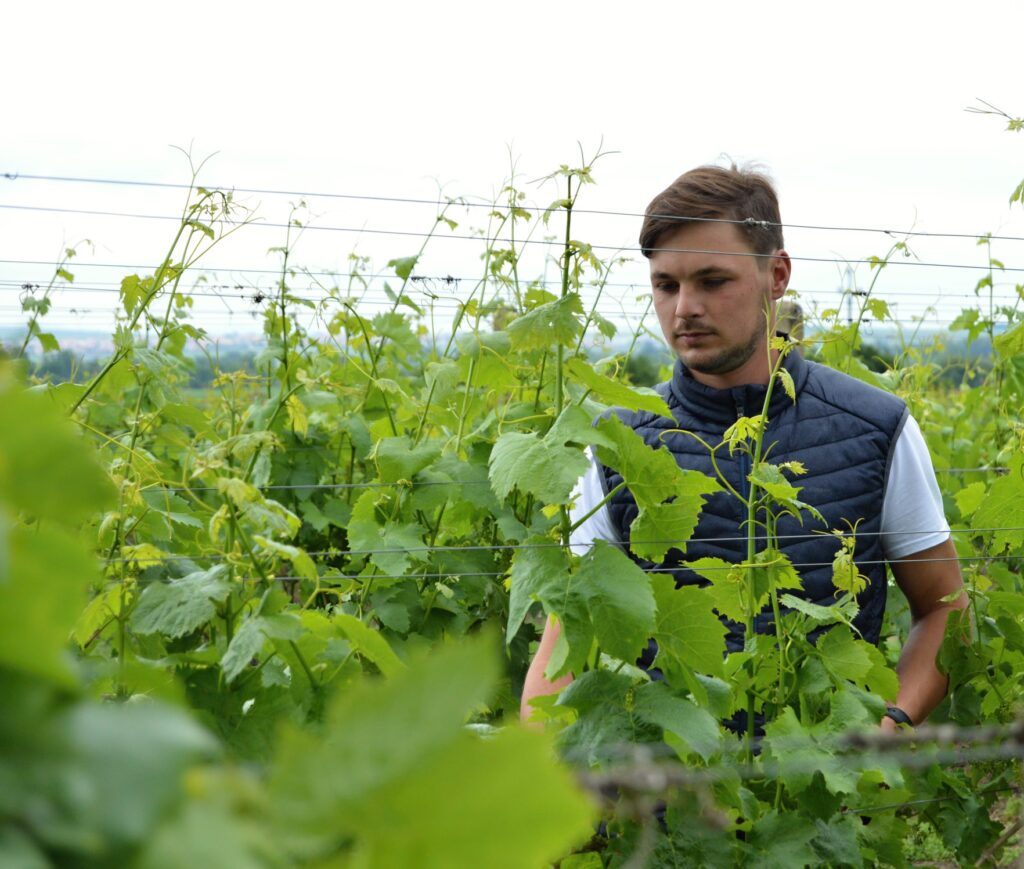Teamwork and synergy are primary ingredients to high performance. Yet there are times when it would be better to work with individual effort rather than teamwork to achieve a goal. For instance , if a task requires a excessive degree of specialization, it might be better to assign the work to just one person instead of to a group (Moran, Abramson & Moran, 2014).
The theory behind great synergy is that the combined hard work of a well-synchronized team make results better than those that is generated by any affiliate working upon it’s own. It’s roughly the same as a symphony in which the harmonious connections of each player provides an impressive masterpiece that exceeds the musical capabilities of any kind of single musician.
Creating and retaining positive synergy is not easy, however it can be made easier by creating some of the characteristics of successful teamwork. Some examples are building trust, fostering companionship and endorsing learning from the other person, as well arrigonismart.net as guaranteeing clear connection among associates.
In addition , a good manager definitely will foster synergy by making the team perform its work and provide the best tools and resources. This will save period, energy and conflict which can arise every time a manager attempts to do the work themselves. For example , a development staff might be more productive when allowed to build their own code and implement the design, while not interference from a manager. This can result in a better product that meets the needs on the user and exceeds targets.

